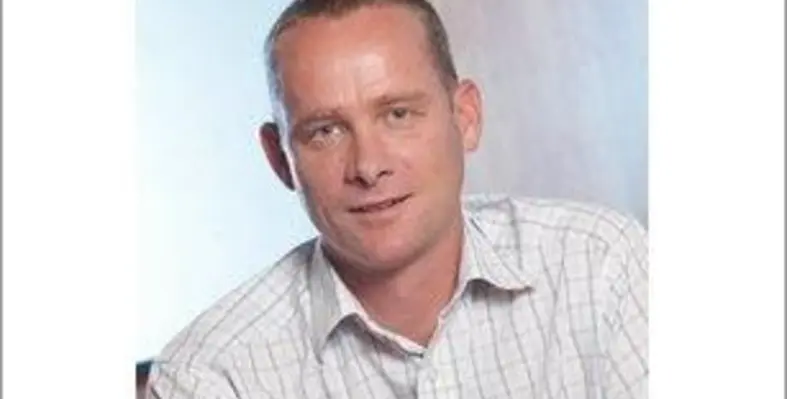The unique challenges involved in engaging in commercial relations with a regional powerhouse
Business Continuity Management has not been top of mind in Africa in the past, but the concept is growing quickly as new legislation and corporate governance regulations take hold for both public and private sector organisations. Despite the growing awareness of Business Continuity on the continent, however, setting up Business Continuity solutions and recovery centres still presents challenges to businesses and service providers.
Specifically, setting up a recovery centre in Africa has a set of unique challenges that must be overcome. Elaborating on some of the challenges Business Continuity practitioners will face in Africa, ContinuitySA’s Wayne Reed expounds on the difficulties his company has faced in moving further afield on the continent into countries such as Kenya, Uganda and Ghana. ContinuitySA is South Africa’s and Africa’s leading Business Continuity provider.
With existing recovery operations in Botswana, Mozambique and Mauritius, Reed says ContinuitySA has found that countries adjacent to South Africa are easier to work in because of their proximity to Africa’s economic powerhouse. When moving further into Africa, however, the logistics become complicated and the process takes substantially longer. Being prepared for longer decision-making cycles is therefore non-negotiable when doing business in Africa.
“The most important thing to remember when moving into Africa is to involve local people in the project from the start,” says Reed. “This is a challenge in itself as there is a dire shortage of Business Continuity skills in Africa. Part of ContinuitySA’s strategy in all the countries we operate in is to train and build-up the local skills base to the stage where the office is completely staffed by people from the local community.”
Higher costs
The expenses incurred in setting up an African recovery centre are also higher than in first world countries. ContinuitySA makes use of partners to supply power, technical, security and other services for its recovery centres. Companies with the capabilities to deliver these services efficiently are scarce in Africa and the costs are therefore higher.
“The high costs and the smaller sizes of African economies also make it harder to offer Business Continuity services to clients with the same economies of scale achievable in South Africa,” adds Reed. “Additionally, we find that business centres in Africa are not as dispersed as they are in South Africa, meaning companies are all centred in one location. This means the ability to offer syndicated services can also be limited as an outage is likely to affect everyone at the same time. We recommend a different balance between syndicated and dedicated recovery services.”
Awareness and understanding
The concept of Business Continuity is growing faster in the area of IT disaster recovery and that is what most organisations ask for. While it is important for every company to have IT continuity, this is only one aspect of Business Continuity. The message that Business Continuity Management needs to cover the whole organisation needs to be taken throughout Africa. The realisation that Business Continuity Management is a long-term commitment is also not well established on the continent. Effective continuity requires constant attention to ensure plans remain operational and relevant.
“Fortunately the situation is changing,” says Reed. “Some of the central banks are using their influence to drive the awareness of Business Continuity Management on the continent and many multi-nationals are also setting the standards.
“So, while Business Continuity is growing in Africa, it is important to understand the market and adapt business processes to deal with a different environment if one plans to succeed. Moreover, the lack of skills is always an issue that investors need to overcome. ContinuitySA has found that creating skills where they are lacking while benefiting the community you operate in is the optimal approach.”






